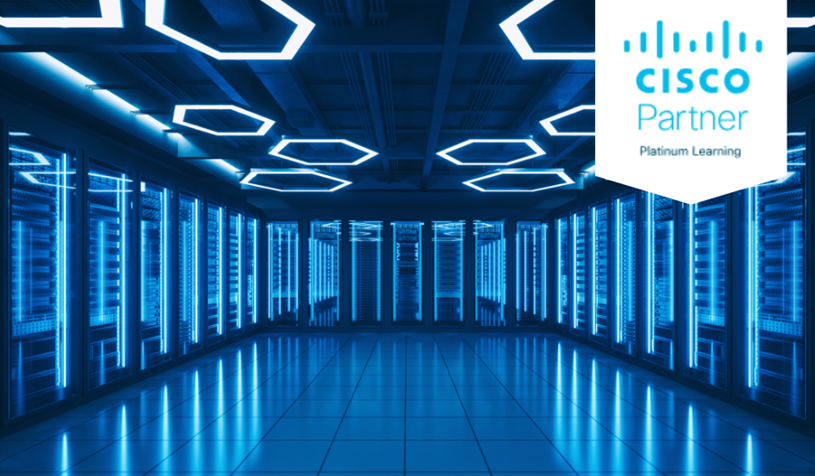This training helps you prepare to take the exam:
300-610 Designing Cisco Data Center Infrastructure (DCID)
How You'll Benefit
This training will help you:
Make design choices for optimal data center infrastructure performance, virtualization, security, and automation
Master the practical and theoretical knowledge necessary to design a scalable, reliable, and intelligent data center based on Cisco technologies
Qualify for professional-level job roles in the high-demand area of enterprise-class data center environments
Labs
Module 1: High Availability on Layer 2
Module 2: Designing Layer 3 Connectivity
Module 3: Designing Data Center Topologies
Module 4: Locator/ID Separation Protocol
Module 5: VXLAN Overlay Networks
Module 6: Hardware and Device Virtualization
Module 7: Cisco FEX Options
Module 8: Basic Data Center Security
Module 9: Advanced Data Center Security
Module 10: Management and Orchestration
Module 11: Storage and RAID Options
Module 12: Fibre Channel Topologies
Module 13: Fibre Channel Topologies
Module 14: FCoE
Module 15: Storage Security
Module 16: SAN Management and Orchestration
Module 17: Cisco UCS Servers and Use Cases
Module 18: Fabric Interconnect Connectivity
Module 19: Hyperconverged and Integrated Systems
Module 20: Cisco UCS Manager Systemwide Parameters
Module 21: Cisco UCS RBAC
Module 22: Pools for Service Profiles
Module 23: Policies for Service Profiles
Module 24: Network-Specific Adapters and Policies
Module 25: Templates in Cisco UCS Manager
Module 26: Designing Data Center Automation


